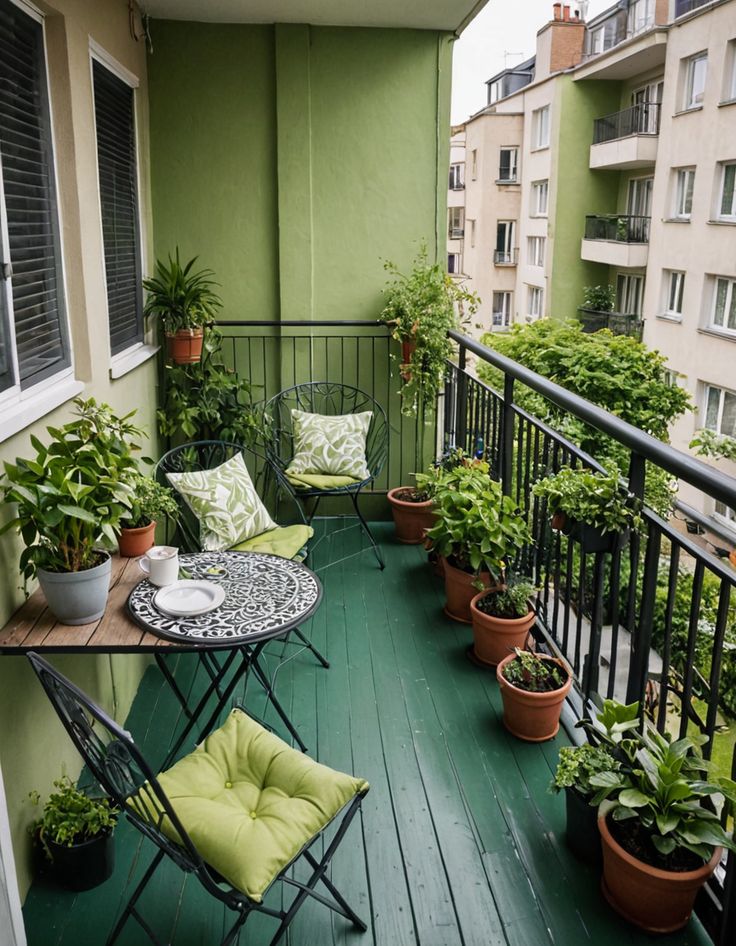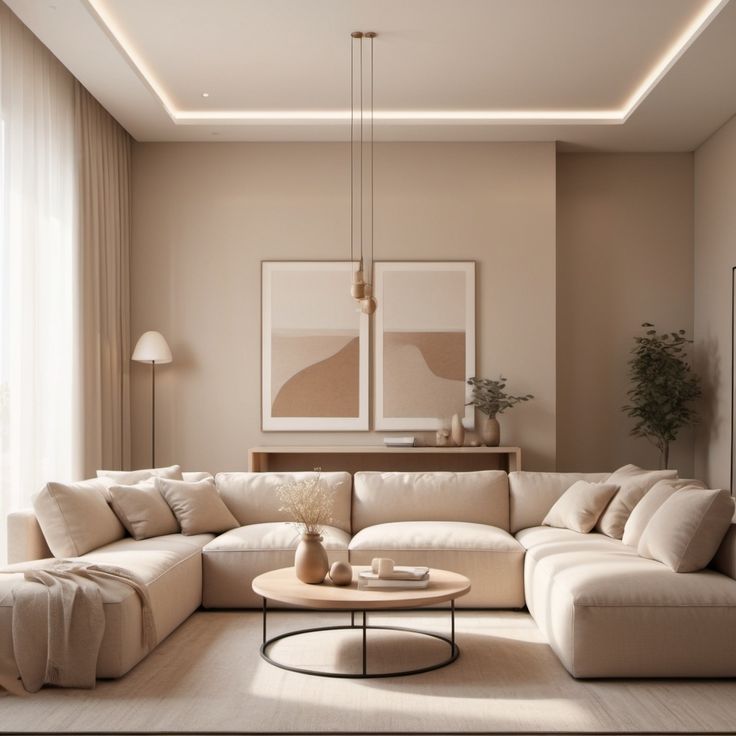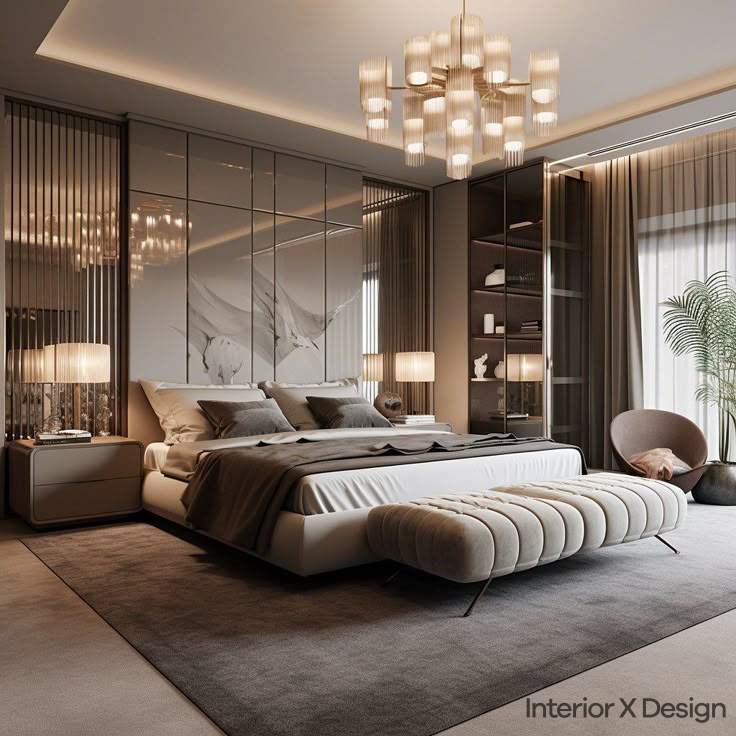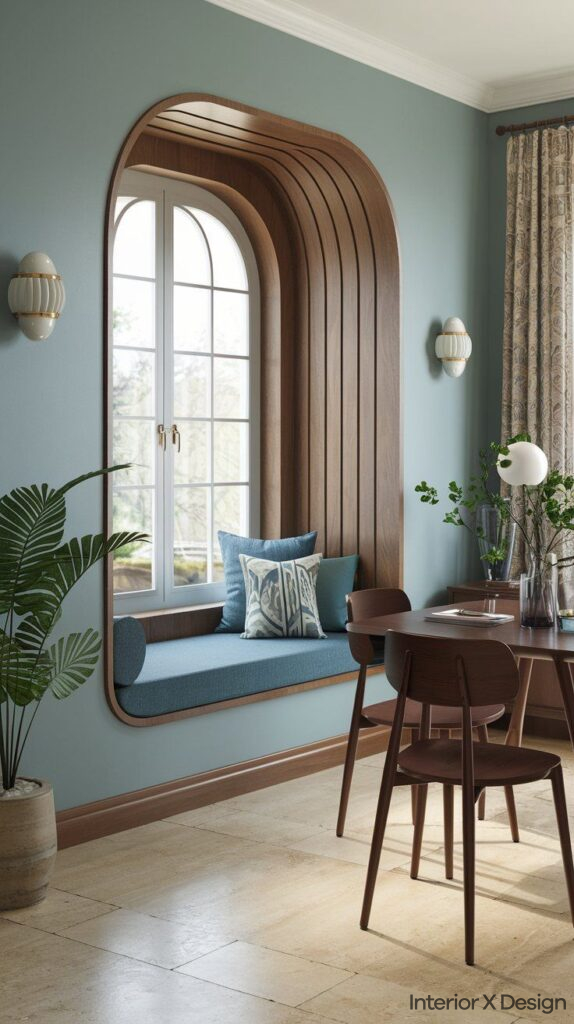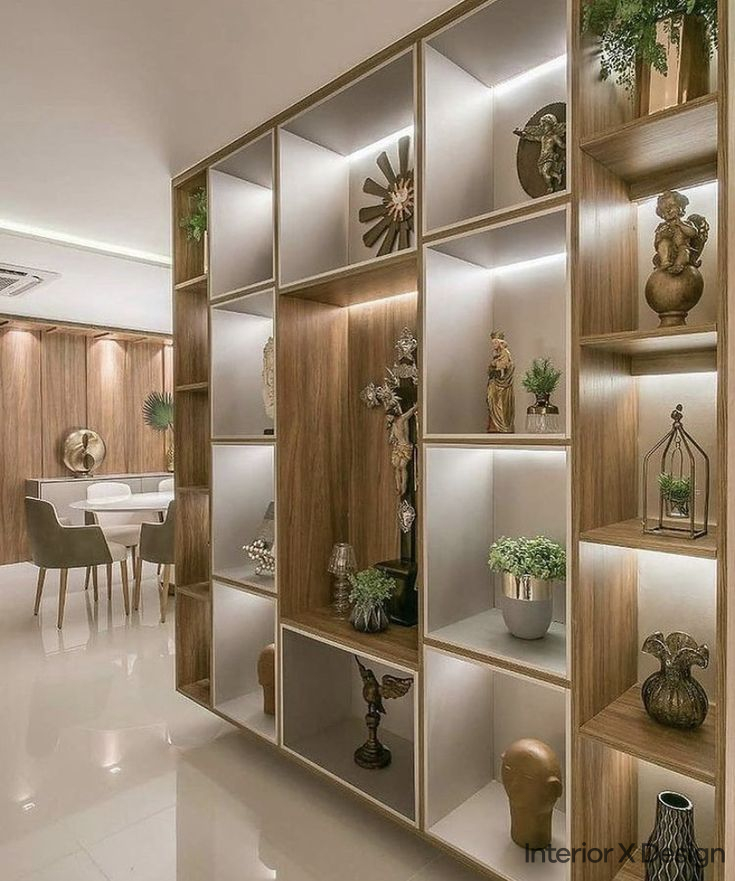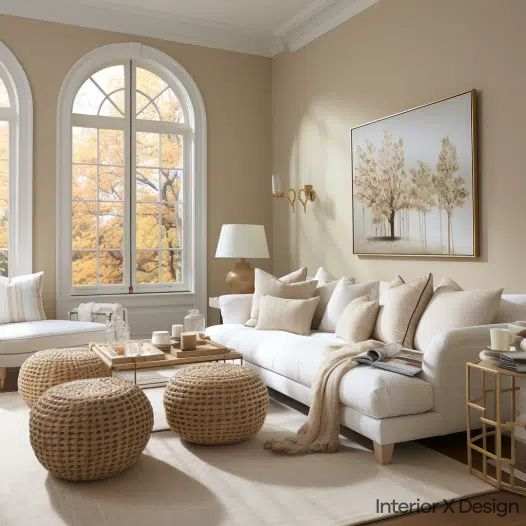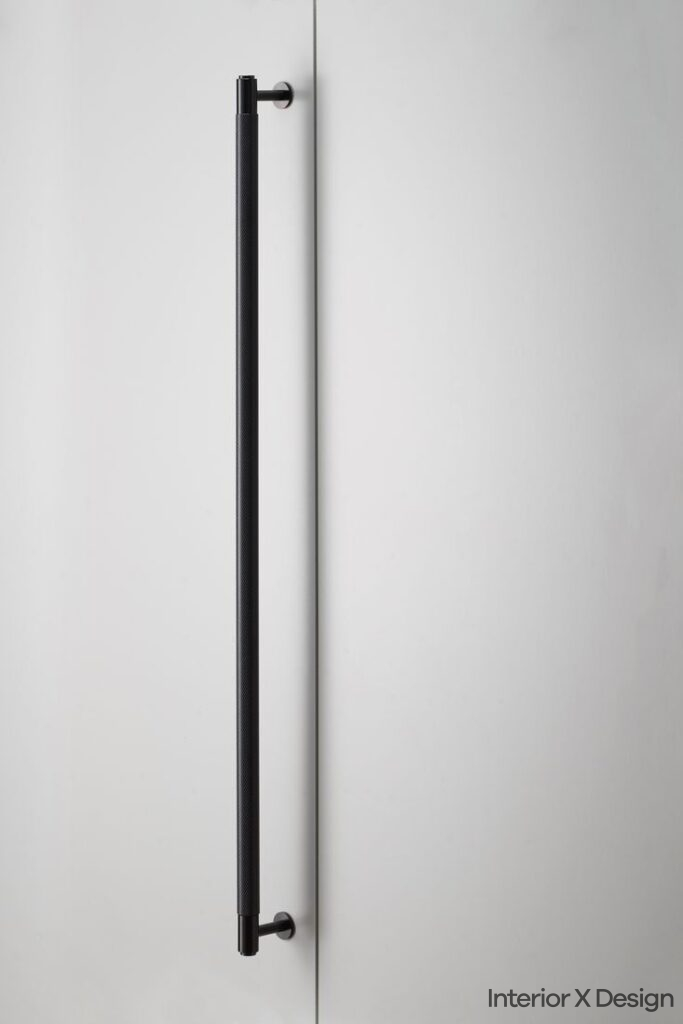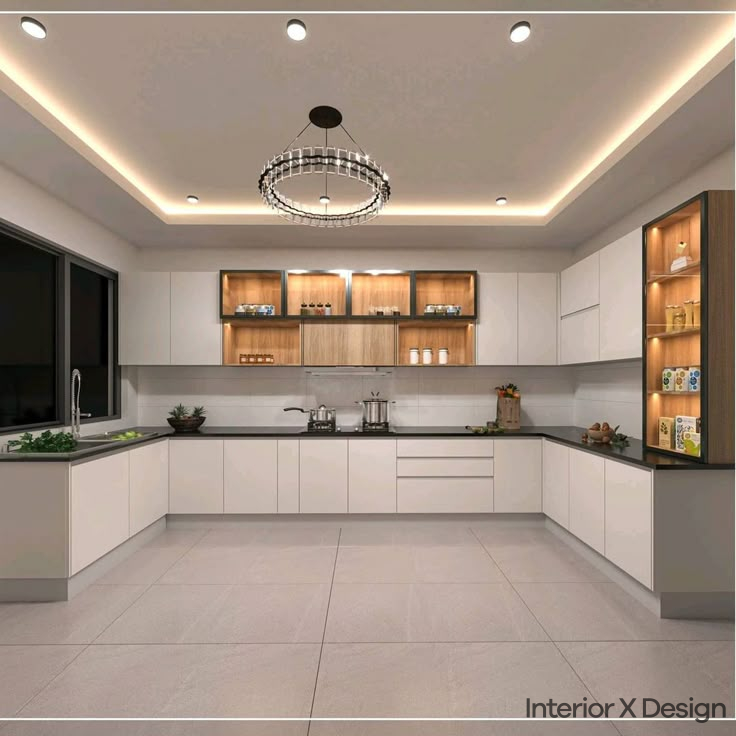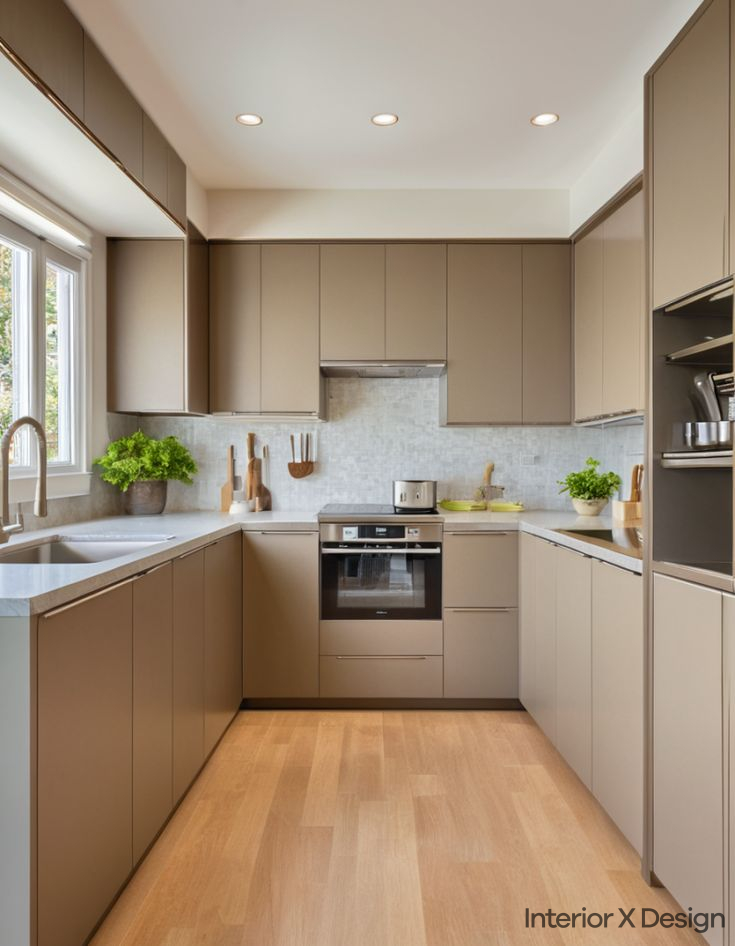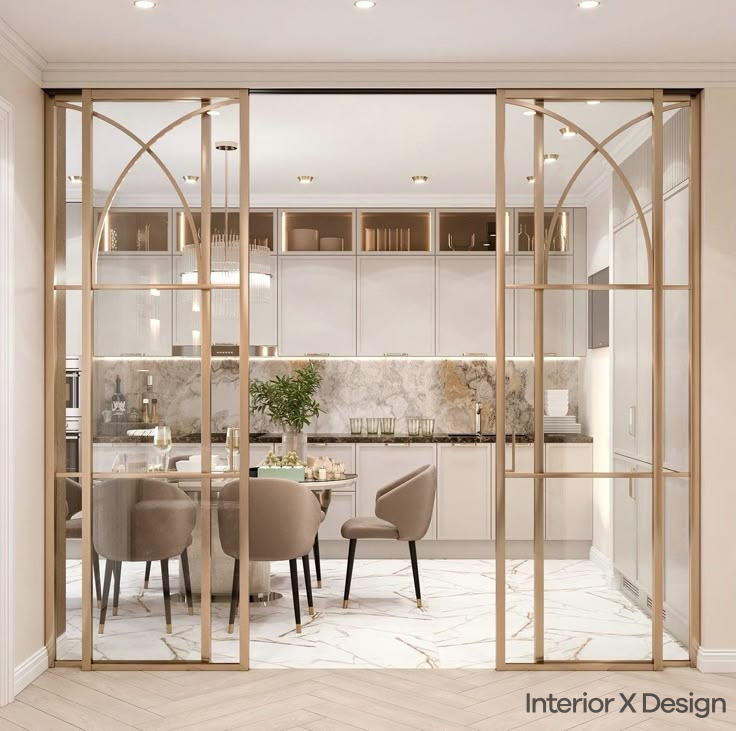Interior harmony transforms any living space into a peaceful, inviting haven. By following straightforward strategies, you can create an environment that radiates balance and tranquility. This guide provides practical interior styling tips and home styling strategies to achieve harmony effortlessly.
What Is Interior Harmony?
Interior harmony refers to the balance and flow within a space, achieved through a thoughtful arrangement of design elements such as color, texture, lighting, and layout. The objective is to create a soothing environment that reduces stress and enhances comfort. Harmony emerges when design elements complement each other, creating unity without visual competition.
A Brief History of Harmonious Design
The concept of harmony in interior design has deep historical roots:
- Ancient Chinese Philosophy: Feng Shui principles, rooted in yin and yang forces, emphasize spatial arrangements that promote positive energy (chi). This philosophy has influenced design practices for over 3,000 years.
- Ancient Greek Proportions: The Greeks discovered mathematical ratios and geometric shapes that naturally please the eye. These principles informed art and architecture, shaping the aesthetics of harmony.
- Global Influence: Across cultures, harmony has been a cornerstone of design in spaces intended to heal, such as hospitals and therapeutic environments. Colors like greens and blues and natural textures were favored for their calming effects.
Key Elements of Harmonious Design
To create a harmonious interior, incorporate the following elements:
Colors
- Choose neutral and earth-tone palettes for a calming base.
- Use accent colors sparingly to enhance visual interest.
Textures
- Mix natural textures like wood, stone, and linen for tactile variety.
- Ensure textures complement each other instead of clashing.
Space
- Embrace negative space to prevent overcrowding.
- Minimize clutter to maintain a clean, open environment.
Lighting
- Opt for diffused, soft lighting to reduce harsh contrasts.
- Use natural light wherever possible.
Layout
- Arrange furniture in balanced groupings to encourage flow.
- Experiment with symmetrical and asymmetrical arrangements.
Focal Points
- Highlight architectural details or curated pieces that draw attention without overwhelming the space.
How to Achieve Interior Harmony
Follow these actionable steps to incorporate harmony into your home:
Simplify the Color Palette
Stick to three or four calming colors as your base. For instance, pair creams and light browns with soft greens or blues. Introduce brighter accents sparingly.
Incorporate Natural Materials
Use materials like reclaimed wood, rattan, cotton, and silk. These textures provide warmth and authenticity, connecting the space to nature.
Eliminate Clutter
Adopt a minimalist approach by:
- Keeping only essential and meaningful items.
- Assigning dedicated storage spaces for daily necessities.
Maximize Natural Light
Enhance brightness by:
- Using sheer curtains or blinds that let light filter through.
- Positioning mirrors to reflect light and make the room feel larger.
Define Zones
Create distinct areas for specific activities:
- Design a cozy reading nook with a plush chair and soft lighting.
- Separate workspaces with desks and task lighting.
Apply the Rule of Three
Group decor items in sets of three to create visually appealing arrangements. For example:
- Display three vases of varying heights on a console table.
- Hang art pieces in clusters of three.
Add Greenery
Incorporate houseplants or fresh flowers to bring vibrancy and a sense of calm. Popular choices include:
- Snake plants
- Peace lilies
- Fresh-cut blooms like tulips or roses
Balance Symmetry and Asymmetry
- Use symmetrical arrangements for a formal look, such as matching bedside lamps.
- Experiment with asymmetry to introduce casual charm.
Opt for Multipurpose Furniture
Select versatile pieces that enhance functionality, like:
- Storage ottomans
- Convertible sofa beds
- Nesting tables
Create Intimate Nooks
Design small corners for relaxation by:
- Placing a comfortable chair by a window.
- Adding soft cushions and a throw blanket.
Best Practices for Home Styling Strategies
To achieve harmonious interiors:
- Limit Color Choices: Stick to a neutral palette and add accents thoughtfully.
- Layer Textures: Combine smooth and rough textures for depth.
- Declutter Regularly: Dedicate 10 minutes daily to tidying.
- Optimize Lighting: Mix natural and artificial light sources.
- Define Zones Clearly: Use area rugs and furniture placement to separate spaces.
- Group Decor Creatively: Use odd numbers for balance.
- Include Greenery: Place plants strategically for maximum impact.
- Use Multifunctional Furniture: Save space with adaptable pieces.
- Design Relaxation Areas: Focus on creating peaceful nooks.
The Benefits of Interior Harmony
Achieving harmony in your living space offers several advantages:
- Stress Reduction: A balanced environment promotes relaxation.
- Improved Focus: Organized spaces enhance concentration.
- Enhanced Aesthetics: Thoughtful design increases visual appeal.
- Functionality: Purposeful layouts improve day-to-day activities.
Frequently Asked Questions About Interior Styling Tips
1. How Can I Choose the Right Color Palette?
Focus on three to four neutral tones and add subtle pops of color for variety. Test swatches in natural and artificial light to see how they appear.
2. What Are the Best Materials for Natural Textures?
Opt for wood, stone, linen, rattan, and cotton. These materials are versatile and timeless.
3. How Do I Create Balance in a Room?
Arrange furniture symmetrically for formal spaces and asymmetrically for a relaxed feel. Use visual anchors like rugs or art to tie elements together.
4. What Plants Work Best Indoors?
Snake plants, pothos, and ferns are low-maintenance and thrive indoors. Ensure they receive adequate light and water.
5. How Do I Prevent Clutter from Returning?
Adopt a habit of decluttering regularly. Use storage solutions like baskets, shelves, and bins to keep items organized.
Conclusion
Creating harmony in your interiors is achievable with simple strategies. By combining calming colors, natural materials, thoughtful layouts, and greenery, you can transform any space into a sanctuary. Adopt these interior styling tips to enhance both functionality and aesthetics, and enjoy a home that rejuvenates your mind and spirit. Begin your journey to harmonious living today with these practical home styling strategies.



